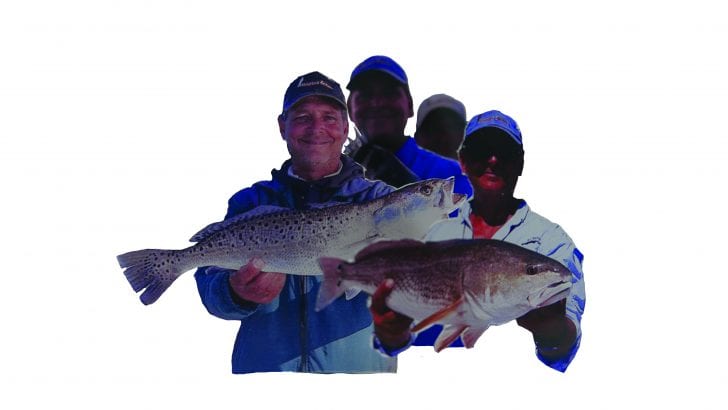For a lot of us that have spent some time fishing, the terms “sport fishing” or “sport fisherman” have become popular and are heard often, but what does sport fishing mean?
What is a sport fisherman? The definition of the word fishing itself is “try to catch fish,” but there is more than one category of fishing—such as commercial fishing, survival fishing for food, etc., and then there is sport fishing.
Commercial fisheries catch fish with all kinds of means, long lining, big nets and a lot of fishing rods with heavy line.
These commercial fisheries will supply fish to a number of markets where the fish can be purchased.
Survival fishing for food could apply to an entire village using all kinds of techniques like seine nets, cast nets, fishing rods, cane poles, and the fish they catch will help feed their families.
Of course, this also applies to individuals just out fishing to catch fish for an occasional meal, which just described a lot of local fishermen that will use rods, live bait and dead bait. They will also chum the water and use very heavy lines and strong hooks to make sure that nothing gets away.
Then there is the sport fisherman. The sport fisherman spends most of his or her time practicing catch and release, but don’t get me wrong. Sport fishermen will still occasionally throw a few juicy ones in the cooler, but they primarily release.
Their equipment becomes like a work of art. They have fishing rods specially designed for each species of fish they target and a large selection of artificial lures so that they can practice the art of catching fish by tricking them with fake bait.
They find themselves testing their technique by using lighter equipment and thinner and lighter lines to see if they can battle the fish and win with such delicate tackle, like trying to catch a bull with a piece of thread.
Of course, this gives the fish a great upper hand, and in most cases, the fish wins, leaving with a hook in his lip that will rust out in a couple of weeks and the angler looking down at his feet saying, “I’ll get you next time!” Now let’s get to the moral of the story.
The reason I am explaining the difference in fishermen is because of conservation. Recently, in the Lowcountry during our Winter months, we had an unexpected Winter storm, which brought cold temperatures, snow, sleet and freezing rain piled into the rivers, lakes and harbor, causing a very fast and drastic temperature drop in our waters.
One of the lowest recordings in the Charleston Harbor was 42 degrees. When temperature drops like that occur in the coastal waters in the Lowcountry, it can cause large fish kills. What do I mean by fish kills?
Fish kills are when fish die in large quantities. There can be individuals dying here and there separate from each other or large schools up to hundreds or thousands at a time. Unfortunately, juvenile species of fish tend to be one of the first victims of the disaster. This is not because they are young and small, but this is because they have not learned from the adults yet.
Most older species know to head for deeper water. They have also learned their migratory routes, whereas the juveniles have not yet. I am explaining this to help one to understand the devastation that can be caused by these events. This is where we come in as fishermen.
South Carolina DNR has asked for a voluntary release of Spotted Seatrout in South Carolina. I would like to promote this and encourage local fishermen to participate. As sport fishermen, we already practice catch and release, but if we all go the extra mile, we can help bring the numbers of fish back to our fisheries.
Spotted Seatrout are the first and usually affected the most in these types of events, but they are not the only fish that are affected. Other game fish, like Red Drum and Sheepshead, are amongst those that have been spotted deceased on beaches and floating on grass lines.
It might help a lot if we could take the one extra step and release as many of these this year as we can. Please give me one moment to explain how this could help.
The size limit on Spotted Seatrout is 14 inches. This means everything above 14 inches can be kept, and instead of mentioning egg counts, let me just say the bigger the fish, the more eggs it lays.
The stronger and bigger the fish, the better gene pool they will be. The same goes for the Sheepshead and the Red Drum. DNR and the fish will appreciate your participation in this effort.
So, as we move into March and we see Spring approaching around the corner, get your rods and reels ready and have a great year! Like I always say, good luck out there and have fun fishing! To view some fishing adventures, go to my “Fishing with Jiggin Jerry” Channel on YouTube or go to www.jigginjerry.net.
You may also enjoy reading Winter Sheepshead ~ By Jiggin’ Jerry



